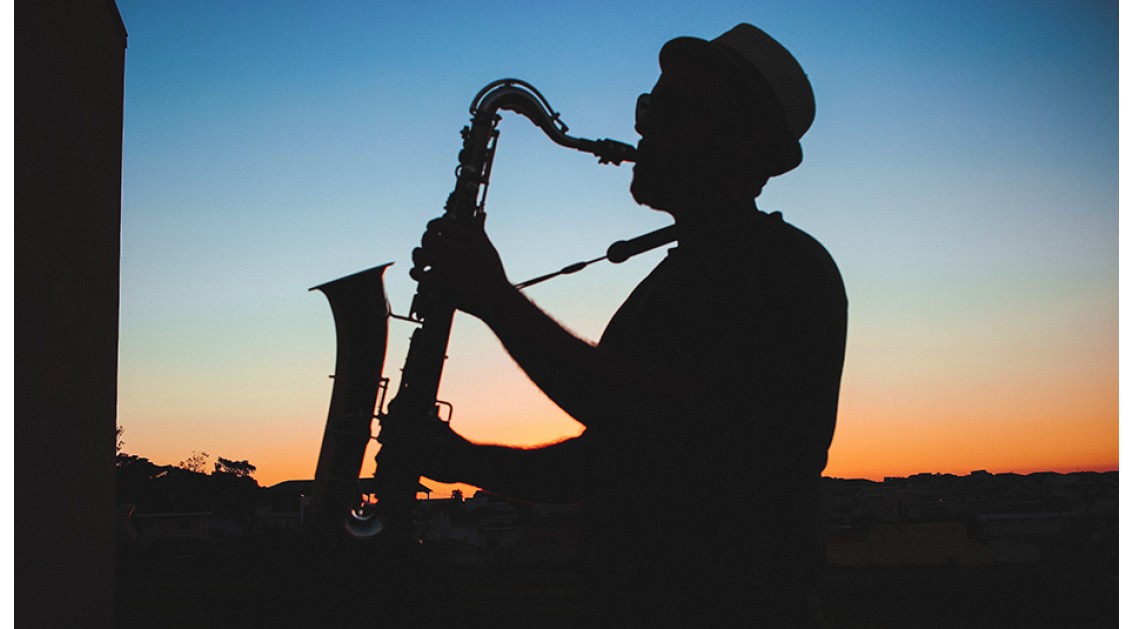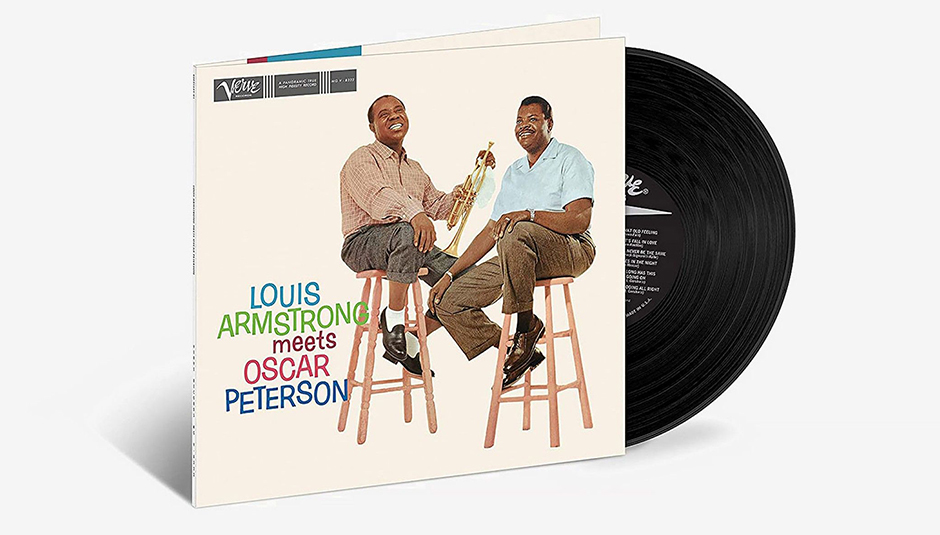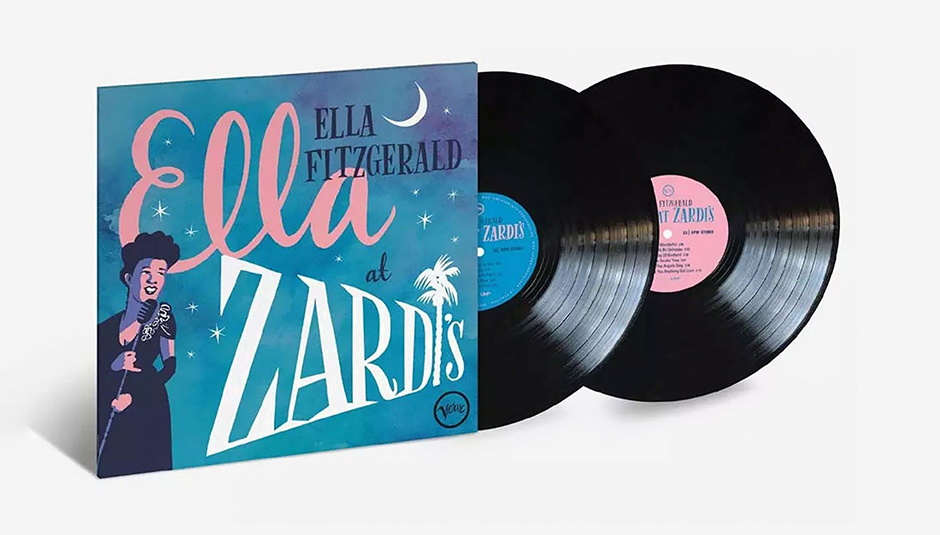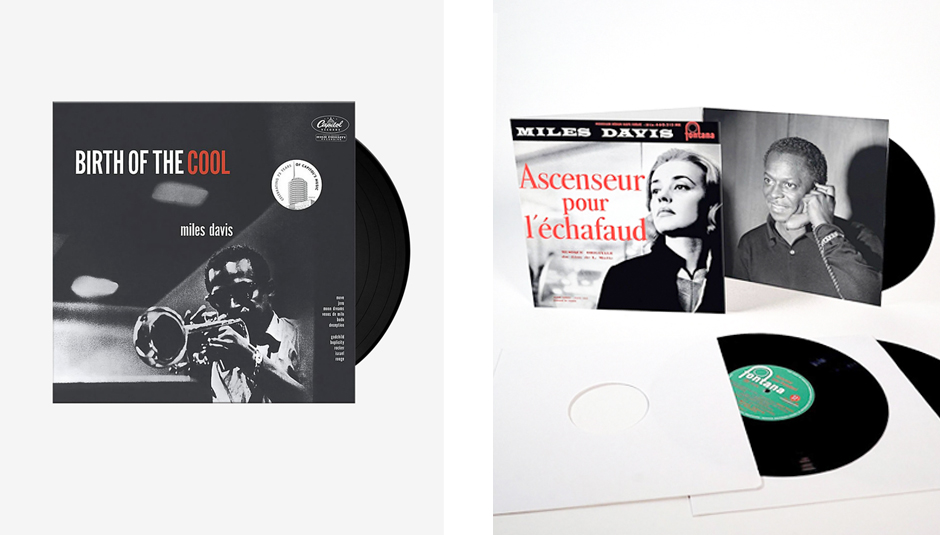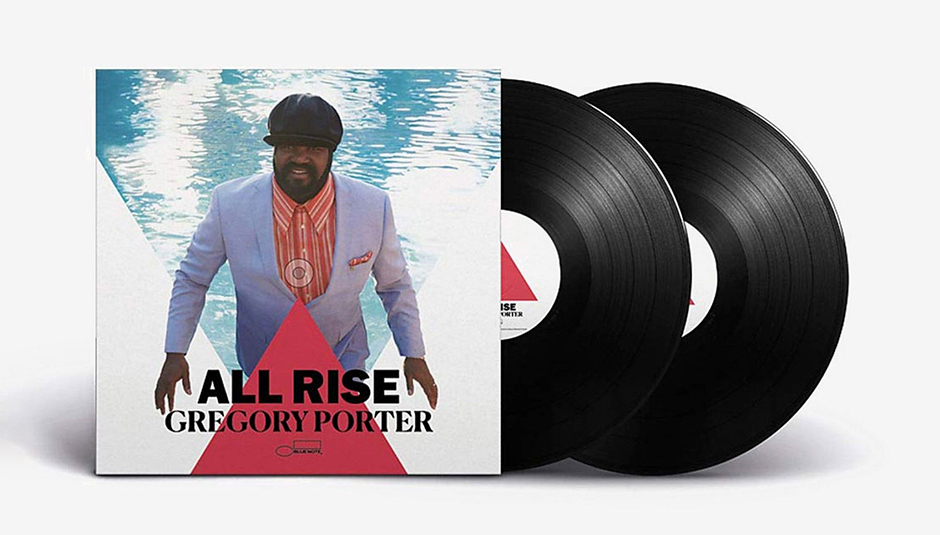In this section, we have already talked about powerful women, the king of pop and the great names of rock. Today, it's time to highlight the melodic tones of jazz. The musical genre emerged at the turn of the 20th century in New Orleans in the United States of America. It is difficult to explain what this musical style is, but it is known that it resulted from a fusion of elements from various musical traditions, including African rhythmic bases, European harmonic structures and typical gospel vocals.
As jazz has improvisation, overlapping rhythms and the joining of various melodies as characteristics, there is a wide variety of sub-genres. Dixieland, swing, bebop, Latin jazz, and fusion are just a few examples. Throughout this post we are going to talk about four men and one woman who have marked this musical genre in very different ways.
Let's start with the one who was born first and is potentially one of the names most associated with jazz. Louis Armstrong was a singer and instrumentalist. He played trumpet, horn and saxophone, and is most recognised for the first wind instrument we mentioned. He was born in 1901 and grew up in the city of jazz, New Orleans, at a time when the genre was developing. He came from a poor family and used to sneak into bars to listen to the music that would come to define his career.
With a troubled adolescence, having spent time in the New OrleansHome for ColoredWaifs institution for firing a pistol at New Year's celebrations at the age of 11, Armstrong went on to develop his musical skills in the juvie's band. By the age of 20, he could read sheet music and play large trumpet solos, and was the first to do so in the style. His personality evolved, as did his sound, and from then on he was always flying.
At one point Armstrong met Oscar Peterson. Considered one of the greatest jazz pianists, Peterson began learning to play the trumpet and piano at the age of five. However, after suffering from tuberculosis, he devoted himself exclusively to the piano. His style was coherent and powerful, capable of extraordinary balance and swing. Although he played with many musicians, Peterson was usually accompanied by guitarist HerbEllis and bassist Ray Brown.
It was with this duo and Louis Bellson on drums that Peterson and Armstrong recorded the studio album Louis Armstrong Meets Oscar Peterson in 1957. You can hear Peterson's genius on the piano with Armstrong's generosity on trumpet and vocals on this vinyl. The line-up of songs is taken primarily from the Great AmericanSong Book, and they range from touching ballads to effusive swings.
In addition to Armstrong, Peterson collaborated with jazz greats in the second half of the 1950s. One such personality was Ella Fitzgerald. With a troubled youth, the singer and composer was abandoned by her father, motherless at 15, abused by her Portuguese stepfather, lived on the streets, was arrested before she was 17 and was committed to the Coloured Orphans Asylum in the Bronx, New York. Encouraged by a piano teacher who took her in after her years in the institution, she entered a competition for amateurs at the Apollo Theatre where she performed frequently.
Ella was known for her scat, a wordless singing technique created by Armstrong, her vocal range that reached three octaves, her pure tone and her impressive diction and intonation. It was with the release of the SongBooks series that the singer achieved worldwide fame. Also around the same time, she recorded Ella at Zardi's.
Zardi'sJazzland was a place where lovers of the genre gathered in Hollywood. Ella at Zardi's 1956 album contains 21 songs from the singer's performances there. The concert shows an inspired Fitzgerald, with the audience in raptures, and commemorates the creation of Verve Records, where, days later, she would record the album that would take her to stardom.
On 26 May 1926, Miles Davis, one of the most innovative jazz composers and trumpeters, was born. To discover Davis' 50-year career is to witness the evolution of the musical genre, from the launch of cool jazz in 1949, to jazz fusion in the 1970s and rap-jazz in the 1990s. As a trumpeter, the musician had a pure and clear sound, playing in a low, minimalist register, while also being capable of reaching high complexity.
Ascenseur pour l'échafaud is a collection of music Davis produced for the 1957 Louis Malle film of the same name. At the invitation of the director and without rehearsal, the artist prepared some rudimentary harmonies and, together with the four musicians accompanying him, improvised the songs while watching sequences from the film.
Miles Davis: Birth of the Cool is a record of 12 songs recorded between 1949 and 1950. This is an iconic album by the artist, as it marks an important stage in the development of bebop. The unusual instrumentation used is highlighted by the innovation of the arrangements, influenced in part by classical music. Also of the same name is a biographical documentary of Davis.
Unlike the jazz legends we have told you about so far, we will end this playlist with an artist who brought back the musical genre in the middle of the 21st century. At 49 years old, Gregory Porter is one of the leading contemporary jazz artists. He could have been an athlete, but a shoulder injury stopped him. He was a chef in his brother's restaurant, but the musical performances he gave from time to time led him to the career he has today.
He started out in his early 40s with a mature musical sense and had his first two albums nominated for Grammys. He writes his own songs and is considered a performer with a disarming sincerity and an irresistible rhythm. His trademark image includes a hat with a zip under his chin, which according to the singer serves to cover up some scars from skin surgery.
All Rise is Porter's sixth studio album. It represents his evolution towards more empathetic, emotive, intimate and universal music. Treating melodies as medicine, this album is full of themes about love and protest, because the road to healing is troubled. Lose yourself in the tones of Gregory Porter and the artists we told you about today in our Playlist: in the tones of Jazz and discover this highly acclaimed style.

